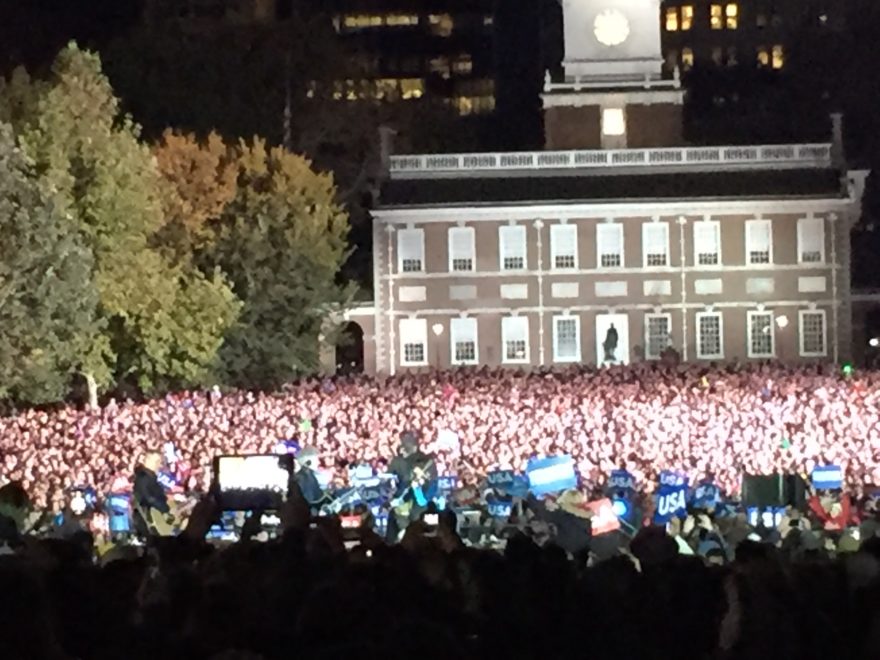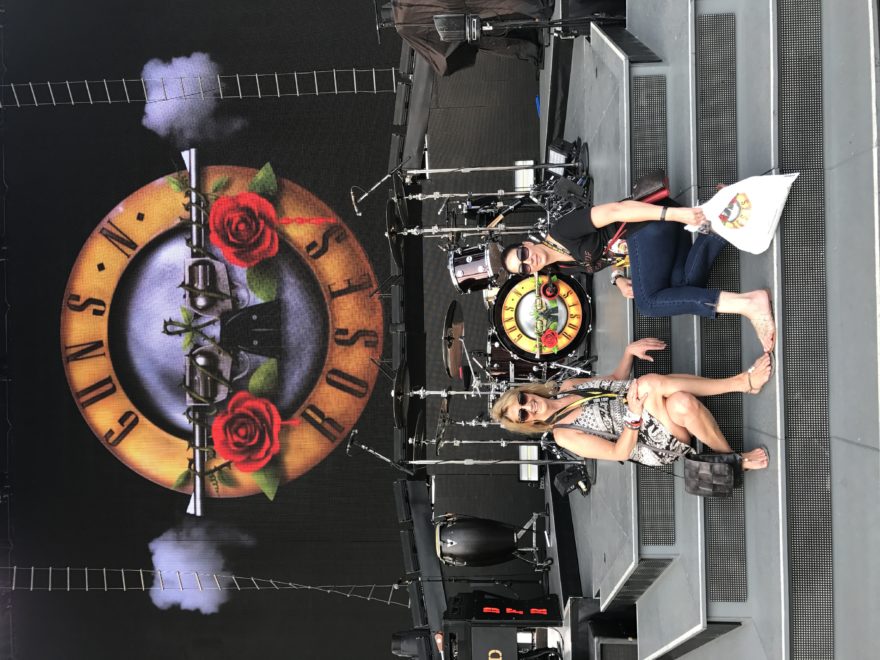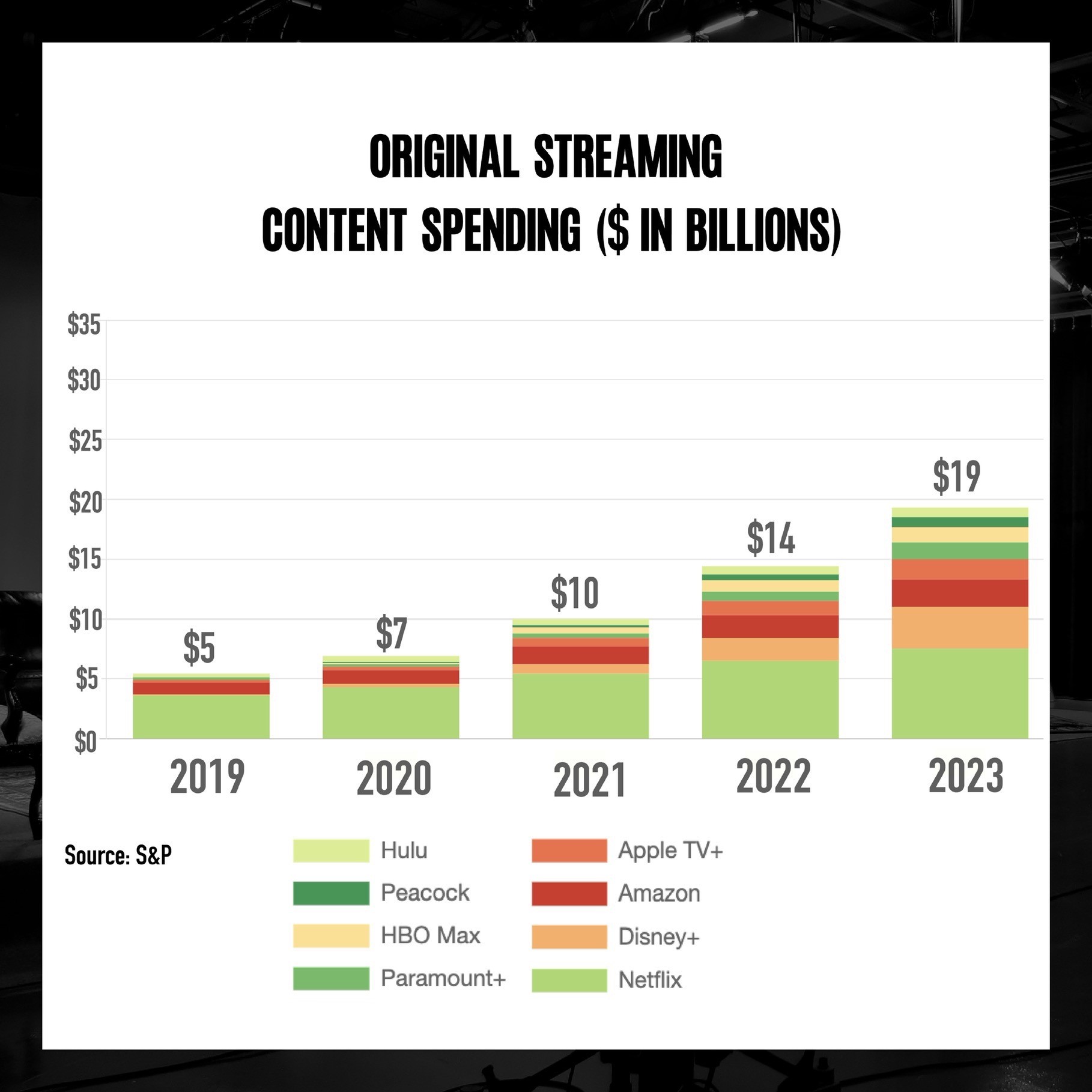We can evaluate this a few different ways. If we compare current market share of the major operating systems, Google’s Android is the hands down leader at 86.2%, compared to Apple’s iOS at 12.9%, according to the latest Gartner research. If we’re looking at manufacturer volume sold, the numbers certainly make the case for Samsung with 22.3% market share to Apple’s 12.9%. If we consider TechRadar’s most current ranking of the top 10 smartphones, the iPhone 6S and 6S Plus are ranked 7th and 8th respectively. They are the only smartphones in the top 10 who run on the iOS platform, currently 9.3.5. All the rest run on Android, which continues to evolve with the new Lollipop and Marshmallow updates. Samsung’s Galaxy S7 Edge and S7 lead the rankings. The HTC 10, new 2013 Chinese manufacturer OnePlus 3 model, and the LG G5 round out the top 5. The Sony Xperia Z5 and the Xperia Z5 Compact come in at #6 and #10, and the Nexus 6P is in 9th place. Read more here in TechRadar rankings.
However, if we look at net profit, Apple dominates. This Forbes article points out that while Google’s Android dominates market share, Apple makes all the money. A 2013 Forbes article, this one by Tony Bradley, suggests Apple can ignore Android market share all the way to the bank. But that may be changing, particularly given the recent news that in Q1 2016, Apple has experienced the most significant drop in revenue since 2003. More here on iPhone sales drop.
So why am I telling you all this? I’m trying to figure out if I should stay with my current smartphone manufacturer. Can you live without your mobile device? I can’t. So here’s my take on Apple. There’s an app for everything and I rely on quite a few of them to live my life. Email, calendars, notes, text, maps, music, social media, coffee, news, travel reservations, ticket purchase, transportation, weather, and even a wireless speaker system. I recently purchased a Sonos system for my home and it is controlled by an app on my iPhone. I have speakers in my living room, kitchen, and bedroom that did not require any added installation expense, drilling, or unsightly wires. Yes, Steve Jobs was as equally passionate about aesthetics, as he was about functionality. If you want to regularly learn about new apps, register with the Starbucks app and you’ll get weekly messages highlighting a new free app. You have to be discerning though, as data overload can certainly be a problem. I am a huge advocate of “less is more”.
Given that Apple’s current market capitalization is about $576 billion, more than double the level when I made my first Apple purchase in 2010, I expect nothing short of white glove service. Let’s see how they measure up and what is required for that to happen.
I actually hopped on the current mobile technology bandwagon later than most of my contemporaries, with the purchase of the iPod Touch in 2010 and iPhone 4 in 2012. Both were introduced in 2007. Of course my passion for music led the charge! Enamored with 24 hour on demand music, I quickly fell in love with Apple and got out in front on the purchase of the iPad 2 in 2011. Then I discovered the MacBook Air in 2012. All of my devices are on the iCloud under my Apple ID. I do not have an Apple Watch.
I think it’s important to understand some underlying basics first. The iPhone, iPod Touch, and iPad all operate on the iOS operating system, although the underlying technology of the iPad is different than the iPhone. The iPod Touch is a media player. The Mac operates on the OSX operating system. All Apple devices, whether they run on an iOS or OSX operating system, are intended to sit harmoniously together on the iCloud. Also relevant to the discussion, in 2014 Apple rolled out a new programming language called Swift. Learn more about Swift here. Building upon their core language Objective-C, Swift offers an “interactive playground” and is viewed by developers as a new simpler language that could make their lives easier, thus lowering the barrier to entry for Apple developers. But it does require a new learning curve and it drives a wedge between iOS & OSX development and the rest of the mobile software world. Swift development is only applicable to Apple devices. In a 2015 Bloomberg article, Joshua Brustein writes, “..There was almost no way Swift wouldn’t lure developers in large numbers. Apple gets to decide which languages can be used to write apps for iOS devices, and legions of coders take heed because the average Apple user generates four times as much revenue for developers than the average Android user. It almost didn’t matter whether Swift was any good…” The article also references assertions made by Kyle Sherman, a software developer with Linked In owned document sharing firm SlideShare, as to the onerous degree of processing power software developers need on their laptops to convert Swift into a computer readable format. Additionally, Colin Eberhart, Technology Director for UK based software development company Scott Logic said, ‘Swift updates regularly break his code. “If you are building production code, right now you just don’t want to be using Swift,” he says. Apple declined to comment for this story.’
As an analyst who partners with Capital Markets business heads to drive P&L growth, the past 10 years in trading technology, and as an avid mobile technology user, I have many thoughts on this evolving landscape. As for me personally, currently with an iPhone, iPod Touch, iPad, and MacBook Air, I really only need the iPhone and MacBook Air, or a competitor equivalent.
My Apple device world worked very well until 2014 when I purchased the iPhone 6; previously I was very happy with the iPhone 4. I often wonder if my iPhone 6 experience would have been better, had I upgraded from the iPhone 5. In the beginning I had very poor cellular service. Apparently I wasn’t alone. In 2014, IOS 8 updates caused Apple to pull 8.01 release due to dropped calls issue. More on this in Forbes magazine. Thankfully, that problem resolved pretty quickly with subsequent updates.
The main issue that continues to frustrate users in 2016, is the wireless network problem. In 2014, I used AOL for my personal email, and had terrible difficulty sending email on my iPhone 6. Apple genius bar specialists repeatedly blamed AOL. At one genius bar visit, the specialist suggested restoring network settings to factory settings. The effort was futile. I finally figured out that if I turned off Wi-Fi, then the email would fly successfully, otherwise it would sit pending in the outbox until I deleted it. So my solution worked well for about two years, but with a recent flurry of iOS 9.3 updates, once again I can no longer send AOL email from my iPhone, even if I turn off Wi-Fi. Thankfully I now have a new email account on my business website server that works just fine. Interestingly, when I send from my AOL mail folder on my MacBook Air, I have no issues with the transmission, but I do notice that it generates multiple copies of that sent email to my junk folder.
An ongoing problem, I have difficulty with several social media apps and maps when not connected to strong WiFi, or where the WiFi setting is on, but none are available. The search function works terribly, and often new links will not load. I regularly close all the apps multiple times a day, and frequently reboot my phone. The maps function has been particularly frustrating as the GPS does not always work correctly. One time I was driving in upstate New York, and the app thought I was in Illinois.
Most recently, with a spate of iOS 9.3 updates mainly designed to address security issues, now running 9.3.5, it is clear that many settings have changed on this latest update. In addition to deleting some very important Notes, I lost the ability to search in my Notes, which was a huge problem as I have many passwords and important information I use regularly. The Apple genius bar staffer told me my Notes were no longer backing up on the iCloud and therefore lost the ability to search. She adjusted the setting and recommended that going forward, I should check all my settings after each iOS update. To be clear, I don’t consider that white glove service. Another setting change that stood out, was to my Weather Channel app, which changed location to Las Vegas, Nevada since this latest iOS update. I clicked on “Add Current Location” and a new window popped up called “My Profile”. I was instructed to turn on “Weather Follow Me”. Are you aware that you have a Profile on your iPhone? I had never seen that before. Do you know how to access it? Since making that update, I am unable to find My Profile and the screen where I turned on “Weather Follow Me”. I checked my iCloud account, accessibility, privacy, location services, and the Weather app. I can’t find it anywhere. I believe it is hidden to make it more difficult for hackers, which I heartily endorse, but if you’re going to change settings to protect me, that also affect functionality I rely on, you either have to get the settings right, or you have to make it reasonably easy for me to find and update them. I rely on my mobile device to make my life easier, not more difficult. That standard must change, or I will no longer purchase Apple products.
At one point in the history of my iPhone 6 difficulties, I was told by an Apple genius bar staffer that my iCloud account had become corrupted and suggested recreating it. Again, I wasn’t alone in this. In 2013, my research shows that Apple began having problems with the iCloud. Apple iCloud service issues. In general, I think Apple’s iCloud has difficulty when you have multiple devices of varying age and operating system on the same Apple ID. I also think that when a new iPhone comes out, the updated operating system works best when you have migrated from the previous iPhone model. I have since taught myself the steps to create a new Apple ID to see if that will help.
As to my MacBook Air, recent OSX El Capitan updates have also created problems and strange software functionality, including issues with the Facebook event calendar. The chief difficulty I currently have is opening new windows in the Safari browser, when multiple windows are open. Recently I have had the same issue with apps on my iPhone, if I am using several at once. Once again I am not alone. iOS 9.3 had a bad week. While this article speaks to a fix, I can tell you this is the single largest ongoing problem I have with my iPhone and Mac. Many iPhone users complain about battery life, which I have never done. I believe carrying an auxiliary battery is a very reasonable solution. However, I have noticed that since the latest iOS update a few weeks ago, the battery life has noticeably worsened. I assume this is because a setting has changed. I have gone through all the menus and adjusted settings to preserve battery life, yet this problem persists. The final point this music lover will make, is the quality and volume of sound when listening to music. If my phone is connected to a power outlet, the sound is better. It also seems to me there is a problem with the actual port where I connect my headphones to the phone. Interestingly, I have a friend who purchased the iPhone 6S a year ago, and he has a similar problem with the power cord port, frequently having difficulty plugging in and having the phone charge. I believe that falls into the category of problem where some iPhones were bending. I am happy to hear today that the iPhone 7 now has wireless headphones, so I am interested to hear more about that!
As Apple rolls out the new iPhone 7, I am considering buying one, as perhaps this will end my current iPhone 6 suffering, but I will certainly wait until all the reviews are in, and will specifically look for improvement on the issues I detail in this post. I certainly want to learn more about the wireless headphones and two-camera system, but those added features alone, assuming they work well, are not enough to entice me. I’m really interested in learning the nuts and bolts of iOS 10.0. I am also considering the the Samsung Galaxy S7 Edge, at a current sticker price of $792, but I need to do my research first. Apple is offering $649 for the regular size iPhone 7 if you pre-order now.
One final point I will make, that I will develop in greater detail in a future blog post, has to do with mobile software performance on different wireless networks. I have Verizon FiOS 150/150, which is considered very good, although I should note that my wireless function works better when I am in the subway. Transit Wireless, a bai communications company that boasts a highly experienced global technology management team, has produced an impressive level of service in my opinion. Perhaps we can encourage them to enter the residential space. Also, since the latest iOS update, I have noticed a substantial decline in service on my iPhone while at Starbucks. Apps are very slow to update and media often fails to load. Previously I found wireless capability at Starbucks to be quite robust. Interestingly, Starbucks WiFi is powered by Google, whose Android operating system is a major competitor to Apple iOS.
Overall, I believe the software hacking issues that have historically plagued Windows applications, are finally becoming an issue for Apple. I wonder if the “simpler” Swift programming language Apple rolled out in 2014 is a contributing factor. Also, if one of the goals of rolling out a simpler language, is to facilitate more cost effective programming, then there needs to be a standard as to level of functionality and service. In my September 2015 Blog post on long term capital appreciation, read more here, I spoke about the intense pressure CEO’s face as to quarterly earnings reports, yet most believe a long term growth strategy is better. Simply finding the least expensive path in the short run, may ultimately cost more in the long run. There is a simple saying, you get what you pay for. There’s a cost to service delivery failure. Firms can model different P&L forecast scenarios based on these different strategies. Apple states that they don’t compete with consumers who buy other smartphones. I assume then, that they have a very good handle on the category of consumer who buys their phones. For their “highly discerning technology user” clientele, I would evaluate sales and genius bar records to determine this population. If this group comprises a small %, and it is better for the overall P&L to risk losing them on service performance, as opposed to making development and service delivery changes that will probably increase expense, then I will have my answer. An industry colleague and friend I admire, recently told me he gave an estimate to a prospective client for some software development work. The prospective client advised that he had received a lower price estimate from another provider. My friend pointed out that when his team finishes delivering the product, it will stand firmly on two legs and deliver the type of service the client demands. In the case of the lower bid, the client will probably be at risk for service failure, and ultimately will need repeated follow up work, which will cost more in the long run. What is your client’s service level threshold?
Next month, I’ll take on Samsung and Android.
To wrap up in signature Rock&Roll style, hungry for a first class service level, and still riding the Guns N’ Roses #NotInThisLifetime reunion tour high, I’ll leave you with this epic live performance from the early 1990’s. “..When everybody’s fightin’ for their promised land. I don’t need your Civil War.”













